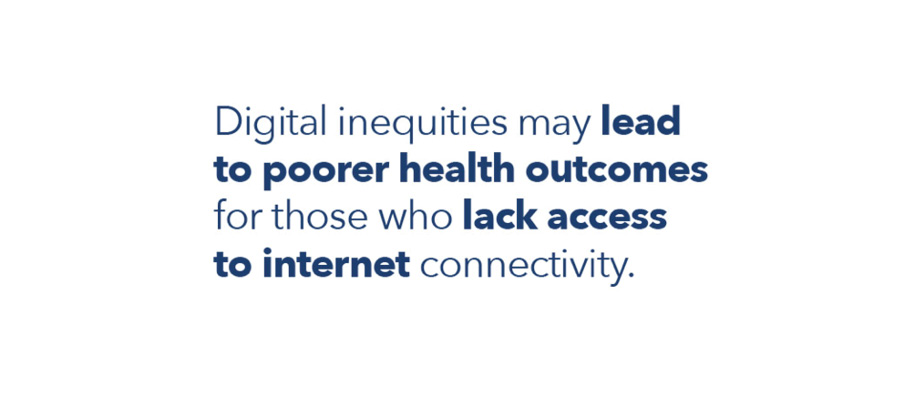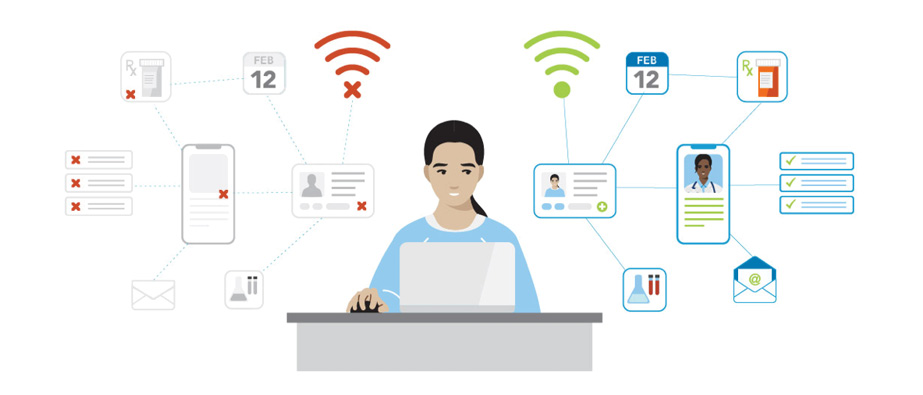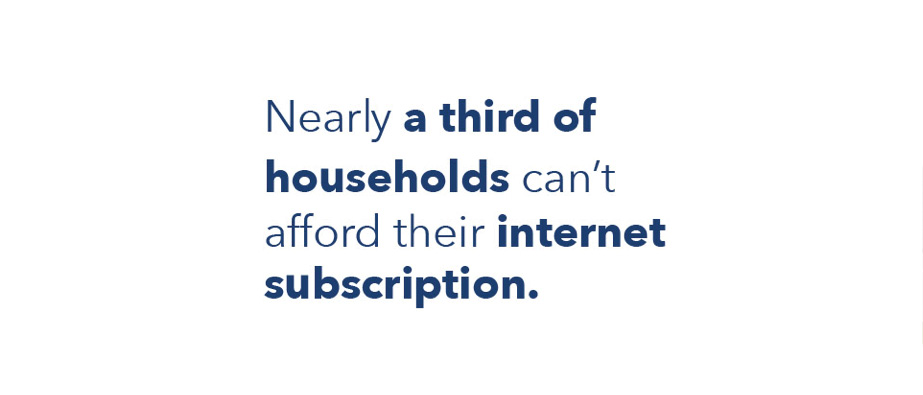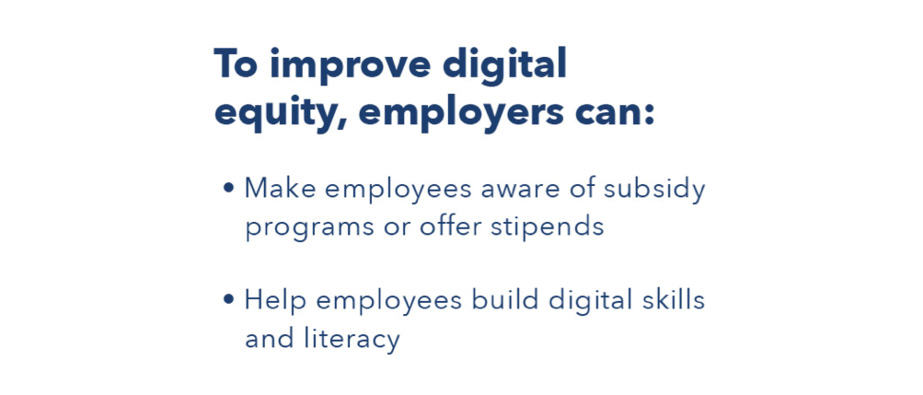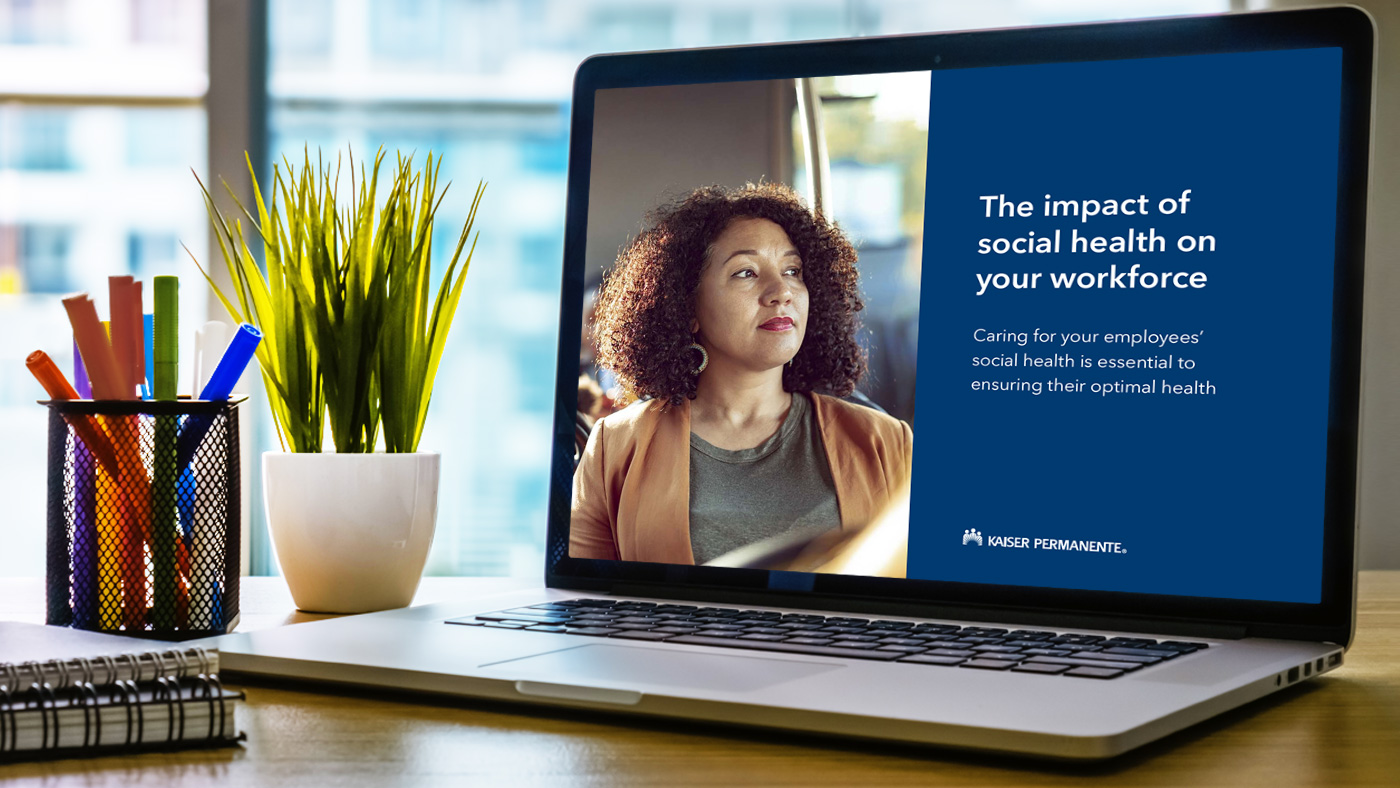
There’s growing recognition that a broad range of social, economic, and environmental factors shape people’s opportunities and barriers to engage in healthy behaviors. Broadband access, which includes both internet and device access, has been called the “super social determinant of health” because of its wide-ranging health implications. Social determinants of health refer to the circumstances surrounding your employees’ lives that impact their total health in addition to their health behaviors and health care.
